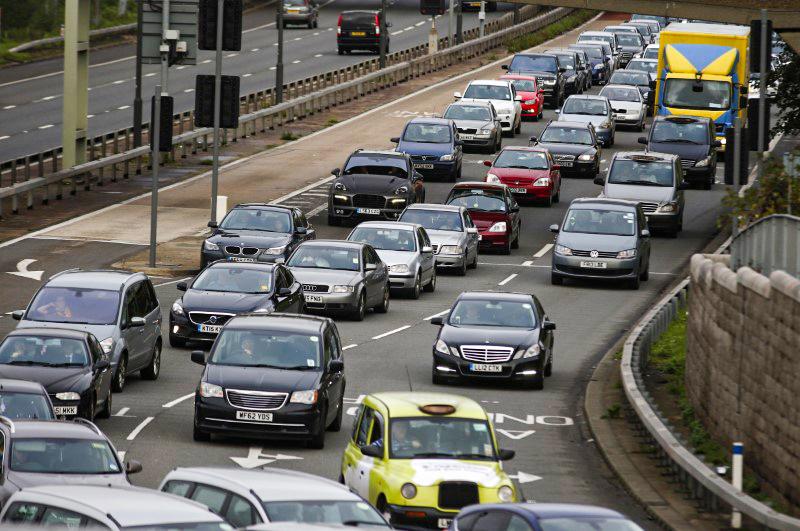Shocking police failures into online child sexual abuse investigations in England and Wales have been identified in a new watchdog report.
His Majesty’s Inspectorate of Constabulary and Fire & Rescue Services (HMICFRS) found children were being put more at risk as some forces took up to 18 months to act on evidence of abuse or exploitation.





